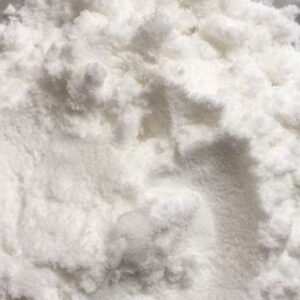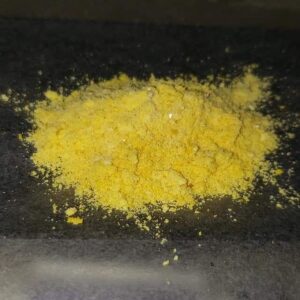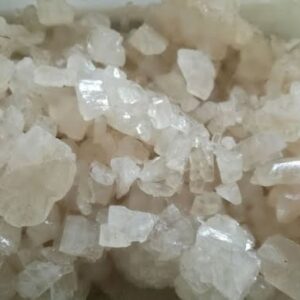Introduction
U-47700 is a synthetic opioid that was first synthesized in the 1970s by a team of researchers at Upjohn, a pharmaceutical company based in the United States. The chemical structure of U-47700 is similar to that of morphine, but it has a much stronger binding affinity for the mu-opioid receptor. This makes U-47700 much more potent than morphine, and also much more dangerous.
Chemical Properties
U-47700 has the chemical formula C16H22Cl2N2O and a molar mass of 329.27 g/mol. It is a white to off-white powder that is soluble in water and ethanol. U-47700 has a melting point of 202-204°C and a boiling point of 447.2±45.0°C at 760 mmHg.
Structure
The structure of U-47700 consists of a benzamide group attached to a 2,6-dimethylphenyl ring, which in turn is attached to a morpholine ring. There is also a chlorine atom at position 3 on the 2,6-dimethylphenyl ring.
Pharmacology
U-47700 is a potent mu-opioid receptor agonist, with an affinity that is approximately seven times greater than that of morphine. It also has some affinity for the delta-opioid receptor, but little or no affinity for the kappa-opioid receptor. The activation of the mu-opioid receptor by U-47700 leads to a variety of effects, including pain relief, sedation, and euphoria.
Mechanism of Action
U-47700 acts by binding to the mu-opioid receptor in the central nervous system, which results in the activation of downstream signaling pathways. This leads to a decrease in the release of neurotransmitters such as substance P and glutamate, which are involved in the transmission of pain signals. U-47700 also activates the reward pathway in the brain, which leads to feelings of pleasure and euphoria.
Effects and Risks
The effects of U-47700 can vary depending on the dose, route of administration, and individual factors such as tolerance and sensitivity. At low doses, U-47700 can produce pain relief, sedation, and euphoria. At higher doses, it can cause respiratory depression, coma, and death. U-47700 is highly addictive and can lead to dependence and withdrawal symptoms.
Routes of Administration
U-47700 can be administered orally, intranasally, or intravenously. Intravenous administration is the most potent and dangerous route of administration, as it can lead to rapid onset of effects and a higher risk of overdose.
Overdose and Toxicity
U-47700 has a narrow therapeutic index, which means that the difference between a therapeutic dose and a lethal dose is small. Overdose can lead to respiratory depression, coma, and death. There is no specific antidote for U-47700 overdose, and treatment is largely supportive.
Legal Status
U-47700 is a Schedule I controlled substance in the United States, which means that it has a high potential for abuse and no accepted medical use. It is also illegal in many other countries, including Sweden, where it is classified as a hazardous substance.






Reviews
There are no reviews yet.